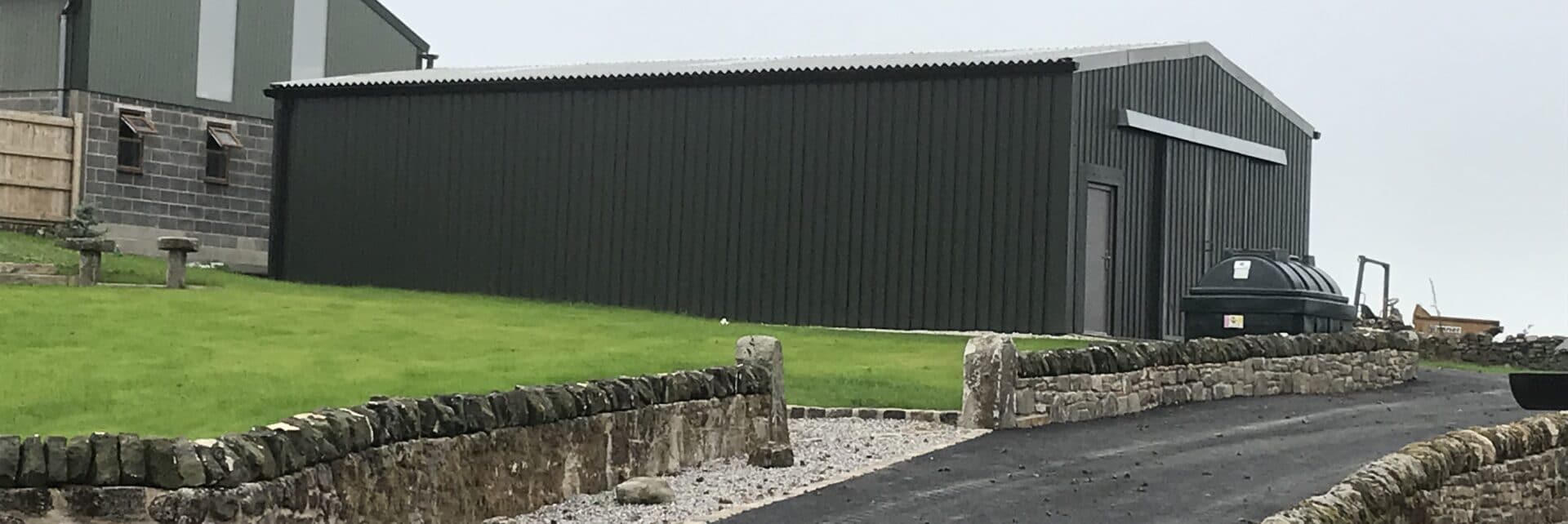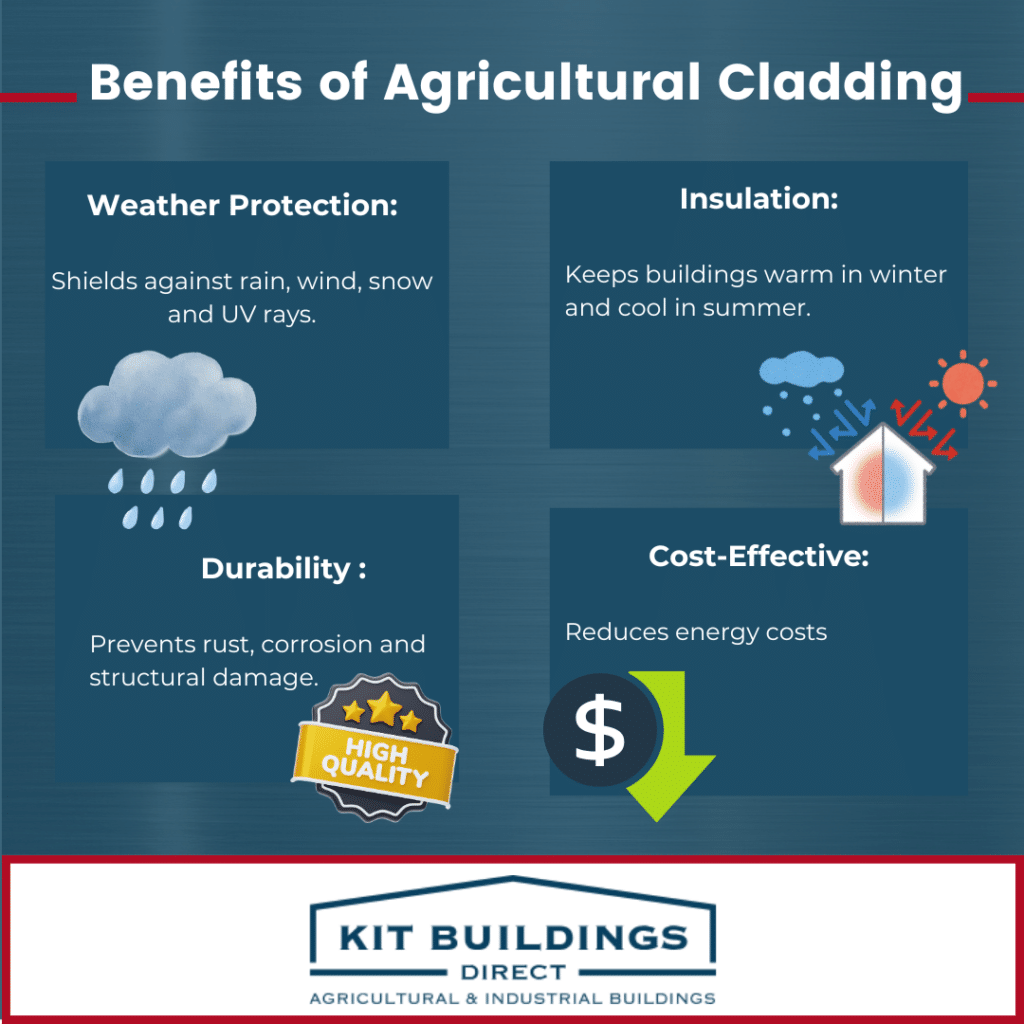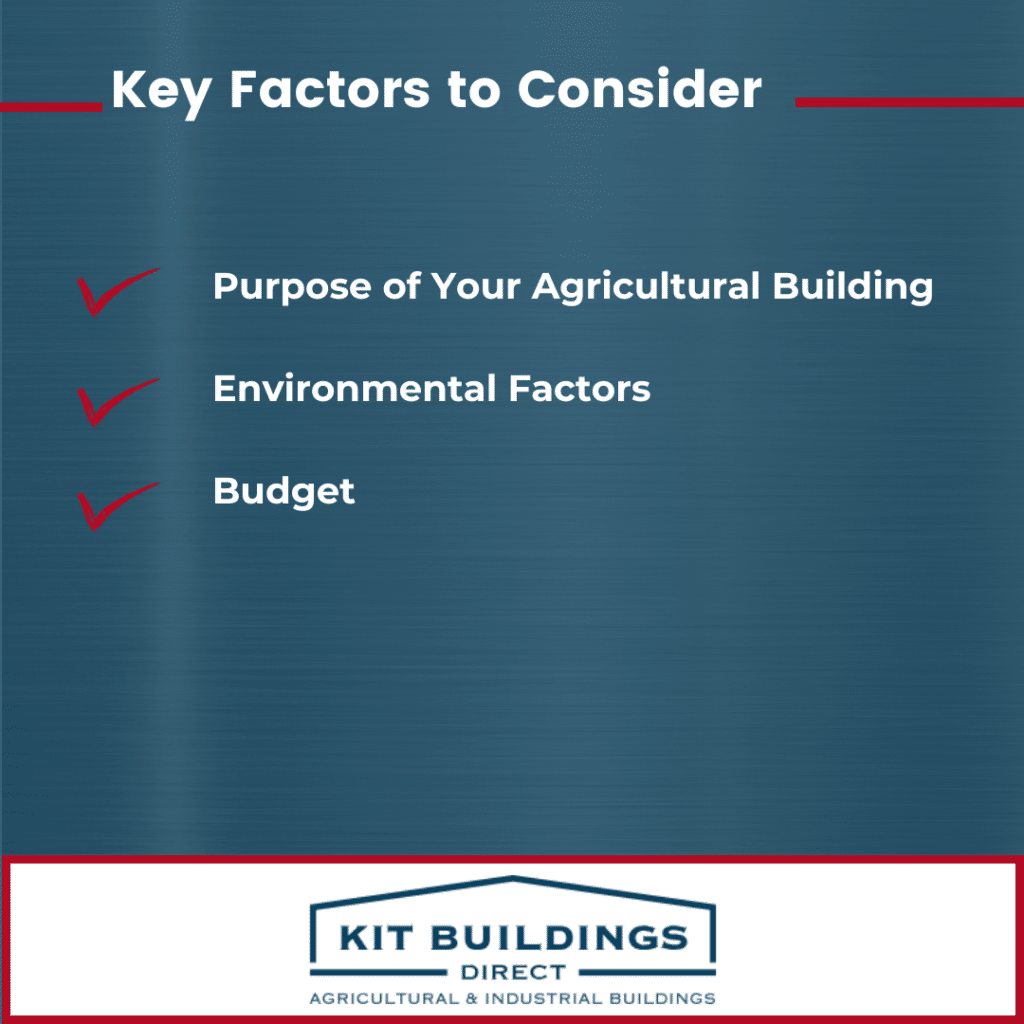
How to Choose the Right Cladding for your Agricultural Building
Cladding is an essential part of an agricultural building’s design. It protects structures from external damage. There are many options, including traditional timber cladding, such as castle boarding and shiplap boarding. More modern materials include fibre cement sheets and insulated composite panels. In this article, we’ll explore how to choose the right cladding for your agricultural building. This means considering the purpose of your agricultural building, environmental factors and your budget.
What is Cladding in Agriculture?
Cladding in agriculture adds a protective layer to the exterior walls and roofs of agricultural buildings. Think of it as how you put on a coat before heading outside, you add more layers to your skin to protect yourself. Cladding works in a similar way, just with buildings. It safeguards the structure from harsh weather conditions such as rain and wind. The inside of an agricultural building can also benefit from the external protection by improving insulation. The added security provided by cladding plays a big role in the success of the agricultural industry.
What are the Benefits of Agricultural Cladding?

Cladding can provide a number of benefits to agricultural buildings. These structures are often used as shelters for livestock and farm animals. This means it’s important they stay protected in severe weather conditions. Cladding shields agricultural buildings from rain, wind, snow and UV exposure. This is done by improving the building’s durability. This prevents structural damage caused by weather conditions such as rust and ensures the longevity of the building.
Agricultural cladding helps regulate internal temperatures through insulation, keeping the building warmer in winter and cooler in summer. This creates a more stable environment for livestock, crops and farming supplies.
By preventing structural damages and reducing energy costs, cladding provides long-term savings. This makes it a cost-effective investment for farmers and agricultural businesses.
Factors to Consider When Choosing Agricultural Cladding

Assess Your Agricultural Building’s Purpose
If your farm building will be used to house livestock or hold farming equipment, you should choose cladding that suits those needs. For livestock, pick cladding that offers great ventilation and moisture resistance to keep your animals healthy. For machinery storage, choose something durable to keep farming equipment secure. Understanding the purpose of your agricultural buildings is key to choosing the most suitable cladding.
Consider the Environmental Factors of Your Agricultural Building
Take into account where your agricultural building is located. Is it vulnerable to environmental conditions? In areas where your building can be exposed to high humidity or heavy rainfall, fibre cement roof sheets are the ideal choice of cladding. Fibre cement sheeting is durable and can withstand extreme weather conditions because of its great moisture resistance.
Consider your Budget for Agricultural Cladding
Think about your budget when it comes to choosing agricultural cladding. Timber options such as castle boarding are generally more affordable. Whereas non-timber options such as insulated composite panels might be more expensive. However, cladding with higher initial costs can often be more cost-effective in the long run. This is why it’s important to consider all your options.
Cladding Options for Agricultural Buildings
Castle Boarding
Castle boarding is a type of vertical cladding, which gives it a distinctive design. Made from timber, this cladding provides natural ventilation. This makes it ideal for livestock buildings. Castle boarding is easy to install and often has a rustic appearance.
Shiplap Boarding
Shiplap boarding is another type of timber cladding, using overlapping boards to create a secure attachment. They offer better weather resistance as the overlapping boards form a tight seal. This prevents moisture from getting in. Shiplap can be installed vertically or horizontally, creating a modern look. They are best used for structures requiring extra protection against harsh environmental conditions.
Yorkshire Boarding
Yorkshire boarding is commonly used in agricultural buildings. They are a type of timber cladding, featuring pressure-treated softwood. This is used on the exterior walls of farm structures such as agricultural equipment shelters. Yorkshire boarding is designed to provide optimal airflow and ventilation, which is ideal for livestock buildings.
Fibre Cement Roof Sheets
Fibre cement roof sheets are mainly made from Portland cement. They are a versatile cladding and roofing material used for agricultural buildings. Their durability and fire-resistance make them a good choice for buildings that need to meet fire safety standards. They also offer great thermal insulation and are resistant to rotting.
Insulated Composite Panels
Insulated composite panels can also often be referred to as sandwich panels. They are made of an insulated core, sandwiched between an outer metal layer that serves as a weather barrier. The inner metal layer that acts as a vapour barrier. These metal layers are usually made from steel composite. Insulated composite panels provide high levels of thermal insulation. This makes them ideal for buildings requiring good temperature control, for example, crop storage facilities.
Agricultural Cladding at Kit Buildings Direct
If you’re looking for cladding for your agricultural building, we source and install cladding at Kit Buildings Direct. We provide various types of cladding, including castle boarding, shiplap boarding, yorkshire boarding, fibre cement roof sheets and insulated composite panels.
Our experienced team provides a smooth and efficient installation process, guaranteeing long-lasting protection for your building. If you’re looking for a specific type of cladding, we can source them as we work closely with various stocklists. Contact us today to discuss your cladding options for industrial or agricultural buildings.
Written by
